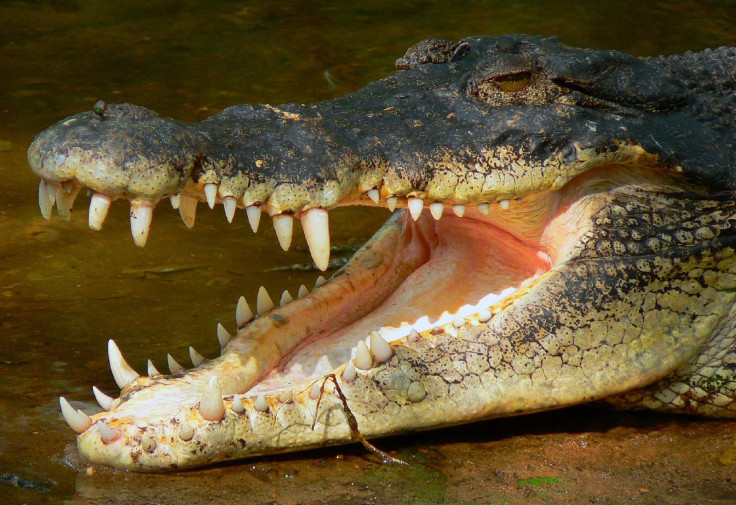'Predator crocodile' with knife-like teeth that predates dinosaurs discovered in Tanzania

The fossil of a "predator crocodile" that had knife-like teeth and predates the dinosaurs has been discovered in Tanzania.
The creature, which lived in the Anisian/Middle Triassic periods (from about 247 million years ago), was 9ft long, had bony plates on its back and legs sitting under its body.
Named Nundasuchus songeaensis, the reptile was discovered in southwestern Tanzania by Sterling Nesbitt, an assistant professor of geological sciences at Virginia Tech, who was searching for the prehistoric relatives of birds and crocodiles.
However, Nesbitt and his team were not really expecting to find anything new. "There's such a huge gap in our understanding around the time when the common ancestor of birds and crocodilians was alive - there isn't a lot out there in the fossil record from that part of the reptile family tree.
"This helps us fill in some gaps in reptile family tree, but we're still studying it and figuring out the implications."

The name Nundasuchus means predator crocodile – Nunda means predator in Swahili and suchus refers to the Greek for crocodile. Songeaensis comes from the town near to where the fossils were found.
The era when Nundasuchus lived was just at the point when dinosaurs were starting to emerge. "The reptile itself was heavy-bodied with limbs under its body like a dinosaur, or bird, but with bony plates on its back like a crocodilian."
The fossil was first discovered in 2007 but it took years to piece together the thousands of parts. Nesbitt said he knew he had discovered a new species as soon as he found the first piece, however.
"Sometimes you know instantly if it's new and within about 30 seconds of picking up this bone I knew it was a new species. I had hoped to find a leg bone to identify it, and I thought, 'this is exactly why we're here' and I looked down and there were bones everywhere. It turns out I was standing on bones that had been weathering out of the rock for hundreds of years - and it was all one individual of a new species."
His findings are published in the Journal of Vertebrate Palaeontology.
© Copyright IBTimes 2025. All rights reserved.






















